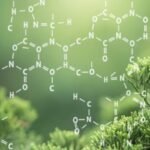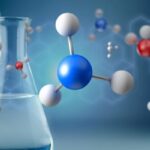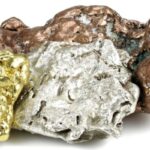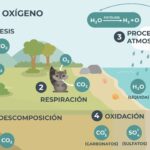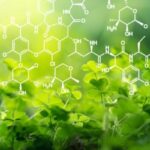We explain what macromolecules are, their functions and their types of structure. In addition, natural and synthetic macromolecules.
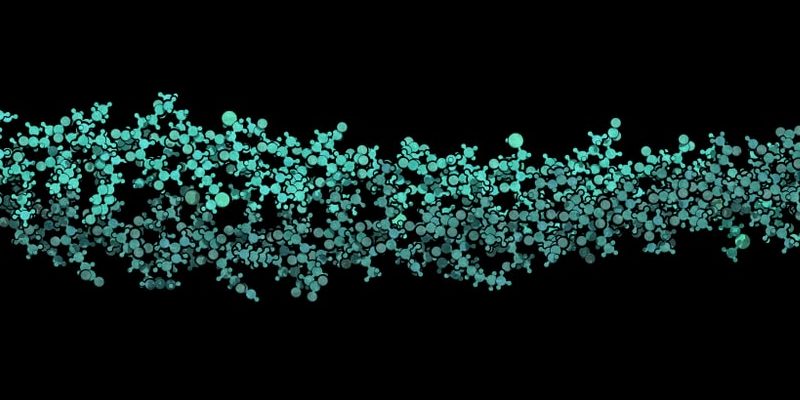
What are macromolecules?
The macromolecules are huge molecules that is, they are made up of thousands or hundreds of thousands of atoms. They can be biological in nature, the result of processes that occur in living organisms, or synthetic, produced by humans in chemical or biological laboratories.
The term macromolecules It was coined in 1920 by Hermann Staudinger Nobel Prize in Chemistry. At that time, macromolecules were referred to as molecules that weighed more than 10,000 daltons in atomic mass, although they can weigh much more.
Macromolecules that are composed of units of smaller molecules (called monomers) that repeat themselves to make up their entire structure are called polymers. Polymers can also be natural or synthetic For example, proteins, nucleic acids and carbohydrates are natural polymers, while plastics and synthetic fibers are synthetic polymers.
It is important to understand the difference between macromolecule and polymer, because although both are large in size, they are not exactly the same. There are macromolecules that are not polymers because they are not made up of a repeating molecular unit (monomer), although they are still large in size. For example, fats and macrocycles are macromolecules, but they are not polymers. On the other hand, there are some medium polymers, that is, their size is not as large as that of a macromolecule.
Functions of macromolecules
The macromolecules can have very different functions depending on which one we are talking about. For example, glucose macromolecules are an energy source for living organisms.
A very different example is the DNA macromolecule, which is basically a cellular memory device used when synthesizing proteins or when cell replication.
On the other hand, proteins fulfill structural and transport functions and can also act as catalysts.
Synthetic macromolecules, such as polyethylene and nylon polymers, are widely used in the chemical industry to manufacture plastics or as insulators.
Structure of macromolecules
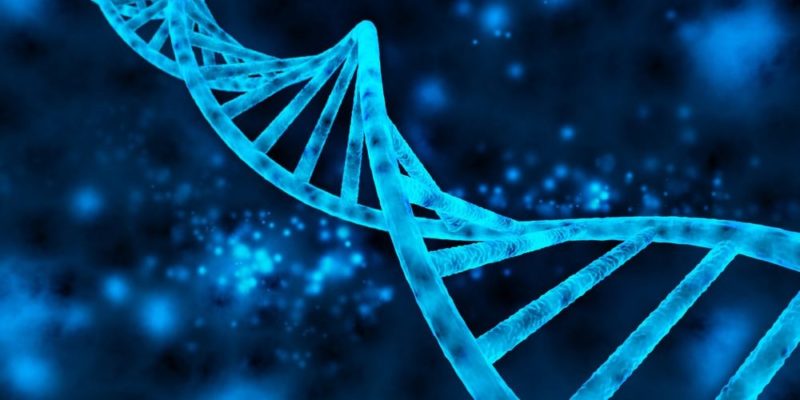
Macromolecules, in general, are composed of smaller molecular units that are linked by covalent bonds by hydrogen bonds, by Van der Waals forces or by hydrophobic interactions. In all cases, they make up large molecular structures that contain thousands of atoms arranged in fixed sequences, and result in compounds of very high molecular weight.
Furthermore, depending on their structure, macromolecules can be:
- Linear When they form long chains that repeat some order of monomers, joined together by head and tail.
- Branched When each monomer can join other chains, forming branches (like trees) of different sizes at a certain distance from the main chain.
On the other hand, macromolecules can be classified according to their composition into:
- Homopolymers They are made up of a single type of monomer that is repeated throughout its entire molecular structure.
- Copolymers They are made up of more than one type of monomer.
Importance of macromolecules
Macromolecules are distinguished from the rest of the natural and synthetic molecules in that they have an enormous volume and molecular weight. As a consequence, Its properties are more complex and useful than those of other molecules. For example, man-made polymers allow the creation of novel materials with unforeseen applications.
On the other hand, certain biological macromolecules perform complex tasks, either as a provider of material and/or energy for other processes, or as mechanisms of biochemical action, as occurs with insulin, the hormone that regulates sugar in the human body. , composed of 51 amino acids.
Natural macromolecules
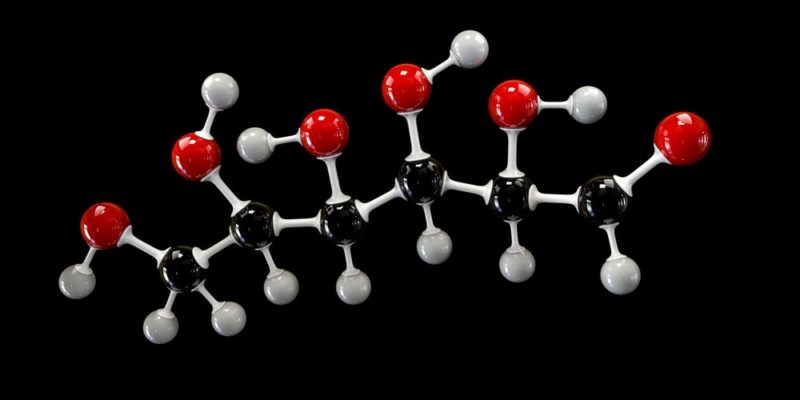
Natural macromolecules are usually very specific compounds that fulfill vital functions. In some cases function as a metabolic input (such as carbohydrates) and in others they are structural molecules (such as lipids).
They are also fundamental actors in extremely complicated processes, such as DNA and RNA, which participate in cell replication or mitosis. Some simple examples of natural macromolecules are starch, cellulose, glycogen, fructose, glucose or lignin present in wood.
Synthetic macromolecules
Synthetic molecules are, as their name indicates, those artificially synthesized by humans through various chemical processes in which the union of monomers is controlled, enhanced or accelerated.
are particularly important in the petrochemical industry and petroleum derivatives, from which we obtain important organic polymeric materials, such as most plastics (polyethylene, PCV), synthetic fibers (polyester, nylon) or advanced technological materials (such as carbon nanotubes ).
Continue with: Biomolecules
References
- “Macromolecules” on Wikipedia.
- “Macromolecules” at Khan Academy.
- “Macromolecules of biological importance” (video) in PuntajeNacional Chile.
- “Biological polymers” in Hypertexts of the Biology Area.
- “Macromolecules-A Beginners Guide” (video) on MooMoo Math and Science.
- “Macromolecule” in The Encyclopaedia Britannica.

